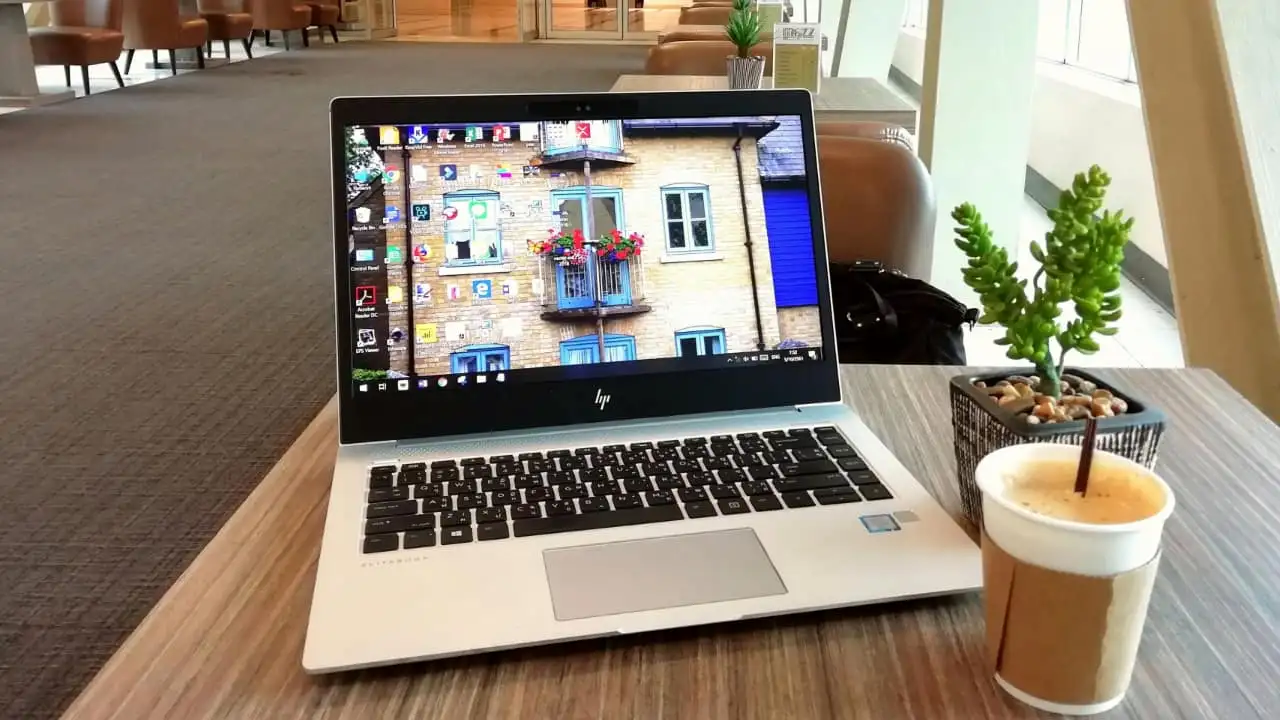Explorers think they’ve found Amelia Earhart’s long-lost plane. Not everyone’s convinced

The Current11:27Explorers say they’ve found Amelia Earhart’s plane
A deep-sea exploration company says it may have found the wreckage of Amelia Earhart’s plane, reigniting a mystery that dates back to the famed pilot’s disappearance in 1937.
“She’s America’s favourite missing person … she was a fantastic person, a pioneer in the aviation field, an early advocate for women’s rights and a terrific author,” Tony Romeo, CEO of Deep Sea Vision (DSV), told Reuters in a recent interview.
“And so, if we can help bring closure to this story and bring Amelia home, we’d be super excited,” he said.
Earhart was a record-breaking pilot in her lifetime, having become the first woman to fly solo across the Atlantic in 1932. She went missing during an attempted round-the-world flight in 1937, during a roughly 4,400-kilometre hop from Papua New Guinea to Howland Island in the central Pacific Ocean.
No trace of Earhart, her navigator, Fred Noonan, or the Lockheed Electra they were flying were ever found.
Exploration company Deep Sea Vision has released a sonar image of what appears to be an airplane on the Pacific seabed. CEO Tony Romeo says there’s a good chance it could be the wreckage of Amelia Earhart’s final flight.
Romeo said his team examined her flight path, altitude and the flying conditions reported on that day. They also looked at six radio calls Earhart made during the flight, during which she reported that she was running low on fuel.
“Each one of those radio calls gives us a really important clue as to what she was doing and what she was thinking, her intentions,” Romeo said.
Using that information to define a search area, the DSV team then spent three months combing roughly 13,000 sq. km. of ocean floor with a state-of-the-art submersible craft. The result is a sonar image of something resting 5,000 metres below the surface, which Romeo says is similar in size and shape to Earhart’s plane.
“The twin vertical stabilizers in the back are very clear on the sonar image, and those are very distinctive of Amelia Earhart’s aircraft,” he said, adding that the specific area is very flat and sandy, so to see anything protruding from the ocean floor is unusual.

Aviation expert Dorothy Cochrane said it’s certainly an intriguing image, but it’s not enough to declare the mystery solved.
“This is a sonar image … it just doesn’t quite give us enough detail to go ahead and say, you know, this is Amelia’s plane,” said Cochrane, a curator in the Aeronautics Department of the Smithsonian National Air and Space Museum.
“You have to go back and just identify this object and say, well, it is or it isn’t…. If we get good photography, you know, that goes a long way to identifying [it],” she told The Current.
Romeo’s team intends to return to the site to gather more information, in the hopes of confirming their theory. But he warned that such an expedition is logistically challenging, and could take several years. Romeo said the object lies around 160 km west of Howland Island, but has not released the precise location.
Earhart’s radio calls offer clues
In the immediate aftermath of Earhart’s disappearance, a massive search failed to turn up any clues. Theories over the decades have included speculation that she was apprehended by Japan, or that Earhart faked her own disappearance and lived out her life under an assumed identity.
Cochrane said theories like these are “not based on any fact whatsoever.” Considering Earhart’s radio calls in those final hours, she thinks the plane simply ran out of fuel.
“We know that she was en route and that she was desperately trying to find this tiny island,” said Cochrane.

“There’s a variety of reasons how you can miss this small little island as you’re coming into it, in the morning sun, after a 20-hour flight … I definitely believe that they were close by.”
Romeo said the object in the sonar image looks largely intact, which might line up with how Earhart might have gotten the plane on to the water.
“She would have tried to … pancake land the airplane into the water on the surface … as gently as possible,” he told Reuters.
“It probably would’ve kept the airplane structurally intact. And then as it filled with water, it would have slowly sank and then spiraled down to, all the way down to the seafloor.”
If they do confirm the object is the Electra, Romeo said DSV would explore the feasibility of raising it to the surface and restoring it.
Amelia Earhart poses for photos shortly before her ill-fated attempt to fly around the world
Potentially, it could end up in a museum like Cochrane’s.
“We already have Earhart’s Lockheed Vega, in which she became the first woman to fly non-stop and solo across the Atlantic Ocean. So we would be interested in continuing to tell her story,” Cochrane said.
As a pilot herself, Cochrane said she and many other women feel like they stand on Earhart’s shoulders. She said Earhart’s story continues to inspire people today.
“There’s no doubt that the mystery helps to keep her name in the limelight,” she said.
But when people talk about the mystery, they also talk about Earhart’s trailblazing achievements and the way her story continues to inspire people today, she said.
“I think if we can just solve this, then we can add that to the mix … and reflect on her full career,” Cochrane said.




